Hi there, pet lovers! 🐍
For reptile enthusiasts seeking a truly exotic pet, few snakes capture the imagination like the Eyelash Pit Viper (Bothriechis schlegelii). With its vibrant colors, striking “eyelash” scales, and arboreal nature, this viper is one of the most visually stunning snakes in the world. However, it is also venomous, requiring specialized care and handling.
This review will cover everything potential owners need to know—from temperament and venom risks to enclosure setup, legal considerations, and long-term care. While the Eyelash Pit Viper is not for beginners, experienced keepers may find it a rewarding (if high-stakes) addition to their collection.
Overview
The Eyelash Pit Viper is a small, arboreal venomous snake native to Central and South America. Known for its spectacular colors (yellow, green, red, and even pink) and distinctive “eyelash” scales, this snake is as beautiful as it is dangerous.
Here’s a quick summary of what makes this species unique:
- Handling and Temperament: Highly defensive; not recommended for handling due to venom risk.
- Care and Maintenance: Moderate difficulty; requires high humidity, climbing space, and bioactive setups.
- Health and Durability: Generally hardy if kept in proper conditions, but sensitive to dehydration and stress.
- Availability: Uncommon in the pet trade; captive-bred specimens are preferred.
- Cost: Expensive to purchase and set up; legal permits may be required.
- Overall: A high-risk, high-reward pet for experienced venomous keepers only.
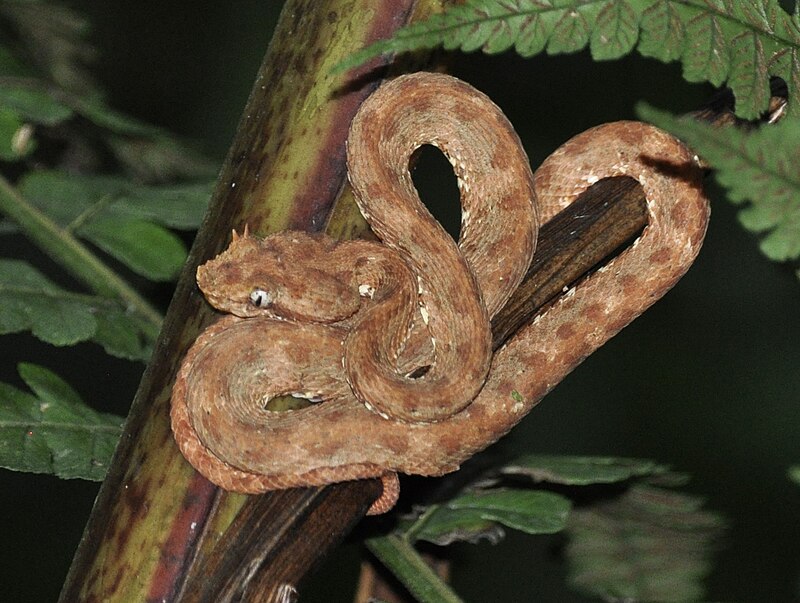
Why Choose an Eyelash Pit Viper?
For those with the experience and permits, the Eyelash Pit Viper offers unmatched beauty and fascinating behavior. Unlike many snakes, they thrive in bioactive, planted enclosures, making them a display animal rather than a hands-on pet.
However, their venomous nature means they are not suitable for casual keepers. A single bite, while rarely fatal, can cause severe pain, swelling, tissue damage, and potential long-term complications.
Who Should Consider This Snake?
- Advanced reptile keepers with venomous experience.
- Collectors who prioritize visual appeal over interaction.
- Those willing to invest in secure, bioactive setups.
Handling and Temperament
Unlike docile pet snakes (e.g., ball pythons), the Eyelash Pit Viper is not a hands-on pet. These snakes are defensive, fast-striking, and should only be moved with hooks or tongs.
Behavioral Traits
- Highly alert and reactive—quick to strike if disturbed.
- Arboreal nature means they prefer perching and may strike from above.
- Nocturnal, most active at night.
Venom Risk: How Dangerous Are They?
While no confirmed human deaths are recorded, their venom is cytotoxic, meaning it destroys tissue. A bite can cause:
- Severe pain and swelling
- Bruising and necrosis (tissue death)
- Possible allergic reactions (anaphylaxis in rare cases)
Important: Always use anti-venom protocols and never handle without proper tools.

Care and Maintenance
Enclosure Setup
- Size: Minimum 18x18x24″ for adults (larger is better).
- Climbing Space: Plenty of branches, vines, and foliage for perching.
- Substrate: Coconut fiber or bioactive mix to retain humidity.
- Hiding Spots: Dense foliage and cork bark tubes for security.
Humidity and Temperature
- Humidity: 70-80%, maintained via daily misting.
- Temperature: 75-80°F (24-27°C) daytime, slight drop at night.
- Lighting: Low-level UVB (optional but beneficial).
Feeding
- Diet: Primarily mice (pinkies/fuzzies for juveniles, adults every 10-14 days).
- Feeding Method: Tong-feeding (never hand-feeding).
- Hydration: Provide a water bowl and mist regularly (they drink droplets).
Health and Durability
When kept in proper conditions, Eyelash Pit Vipers are relatively hardy, but they are prone to:
- Dehydration (if humidity drops).
- Stress-related refusal to eat.
- Scale rot (if substrate is too wet).
Preventative Care
- Regular enclosure checks for mold or bacteria.
- Quarantine new snakes to prevent disease spread.
- Avoid overfeeding (obesity is a risk).
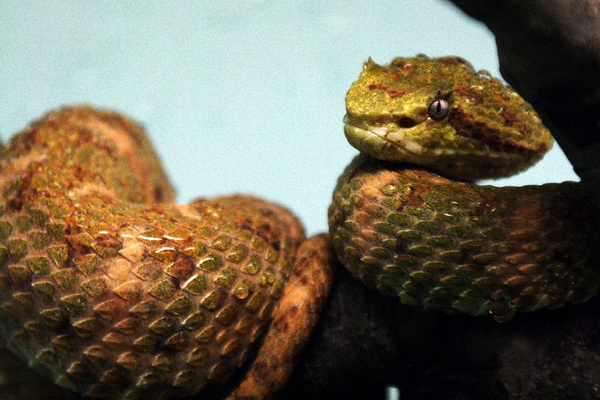
Availability and Cost
Where to Buy
- Specialized breeders (preferred for captive-bred specimens).
- Reptile expos (rare but possible).
- Avoid wild-caught imports (higher stress and parasite risk).
Cost Breakdown
- Snake: $300-$1,500+ (depending on color morph).
- Enclosure: $200-$500 (bioactive setups cost more).
- Permits/Legal Fees: Varies by location (mandatory in many areas).
Pros and Cons
Pros
✅ One of the most beautiful snakes in the world.
✅ Thrives in bioactive, naturalistic enclosures.
✅ Smaller than many venomous snakes (easier to house).
✅ Long lifespan (15-20 years with proper care).
Cons
❌ Venomous—bites can be medically significant.
❌ Not for handling; display-only pet.
❌ Requires permits in most regions.
❌ Expensive initial setup and upkeep.
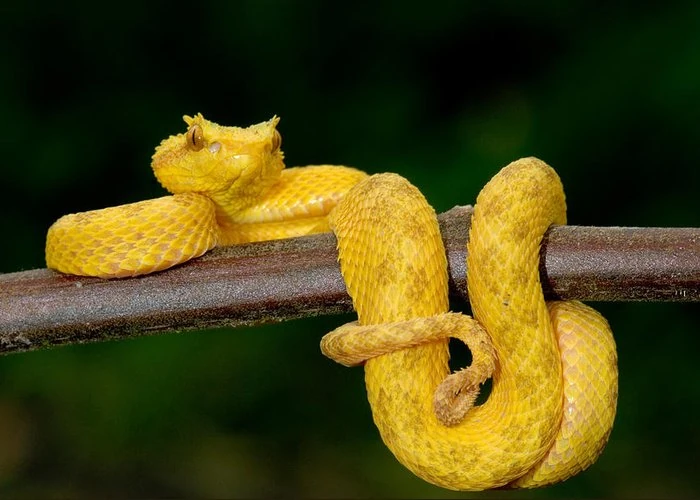
Final Thoughts
The Eyelash Pit Viper is a jaw-droppingly gorgeous snake, but it is not a pet for everyone. Only experienced venomous keepers with proper permits should consider owning one.
For those who respect its dangers and provide the right habitat, it can be a captivating display animal. However, most reptile lovers will be better off with a non-venomous species like a Crested Gecko or Ball Python.
Would you ever consider keeping an Eyelash Pit Viper? Let us know in the comments! And if you found this guide helpful, share it with fellow reptile enthusiasts!
Want more exotic pet reviews? Subscribe for in-depth care guides on snakes, lizards, and other unique pets! 🐍

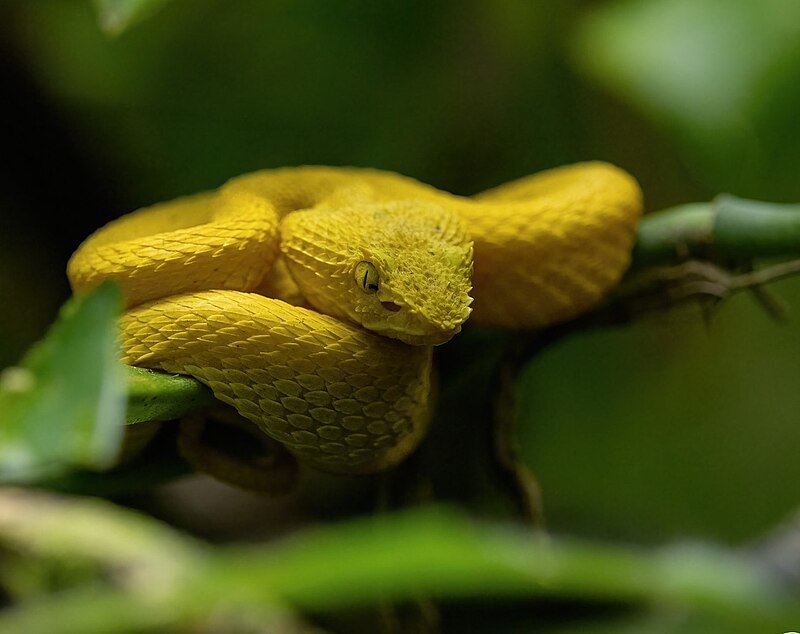


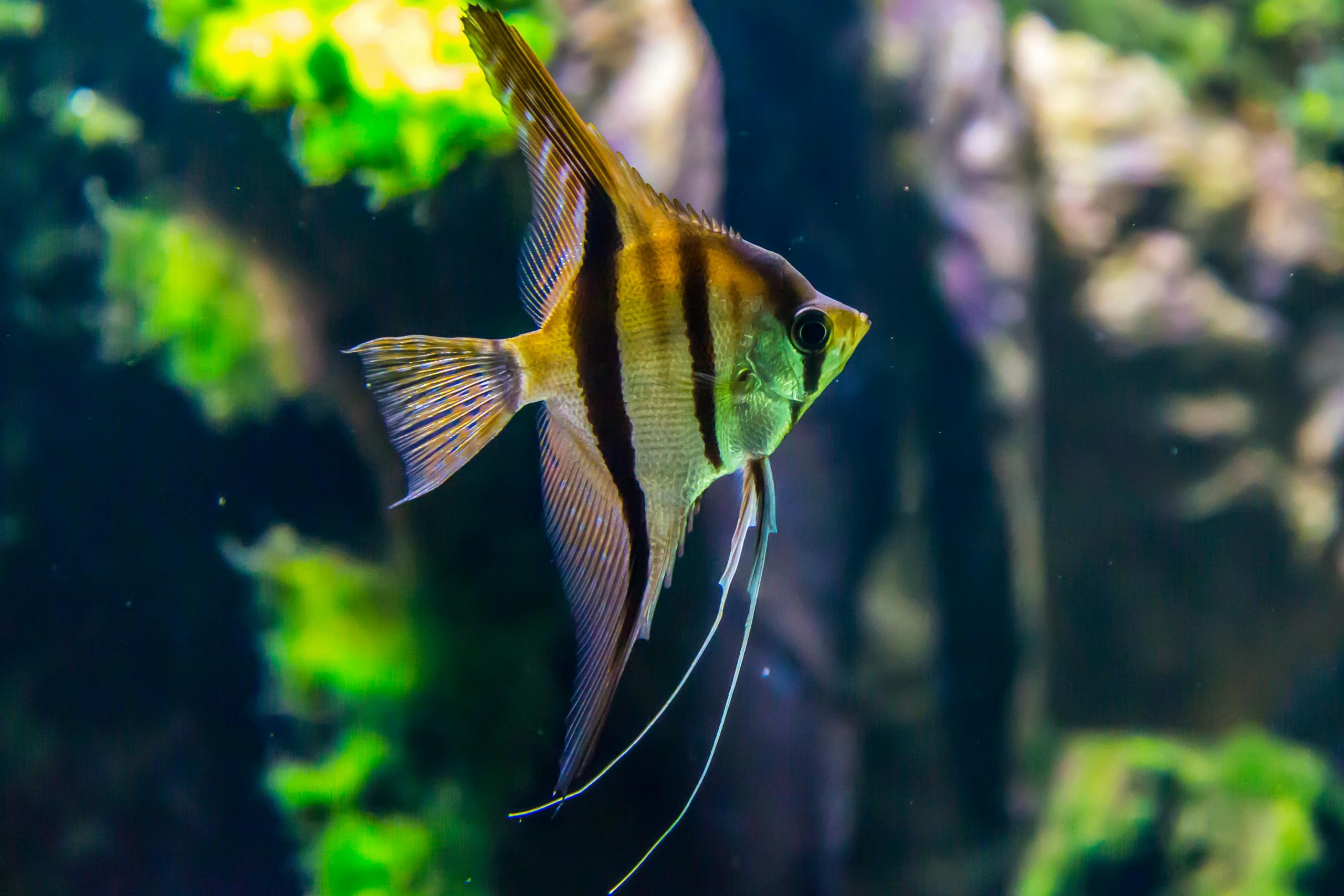
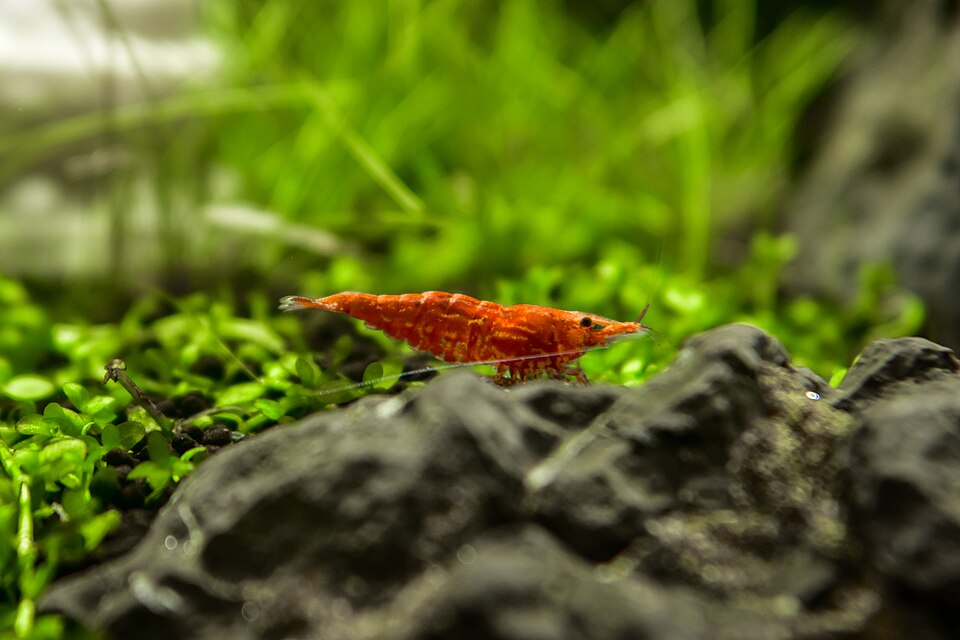

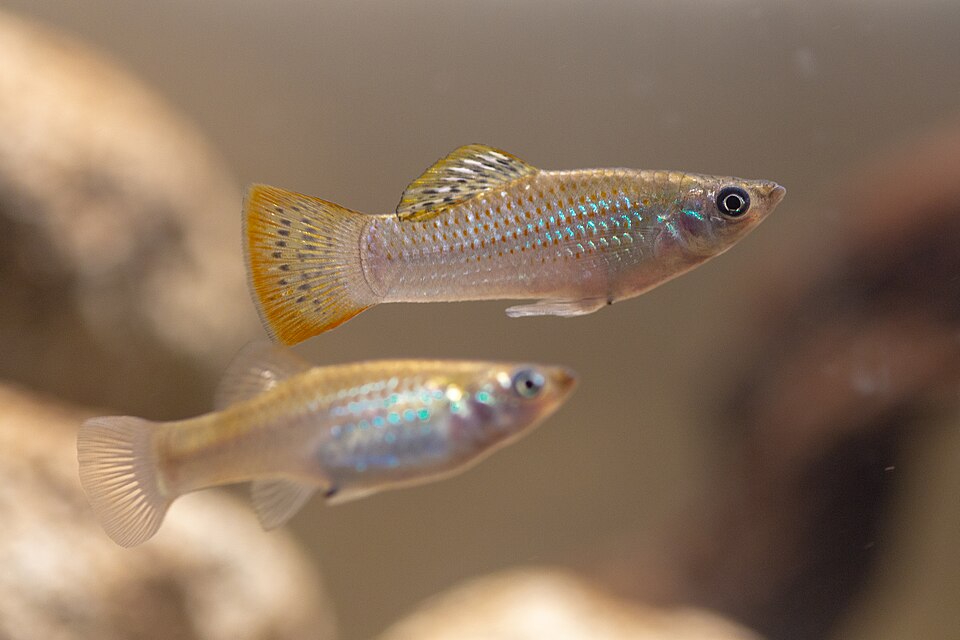
Leave a Reply